Home>Technology>Security & Surveillance>How Do You Lock A Bifold Door
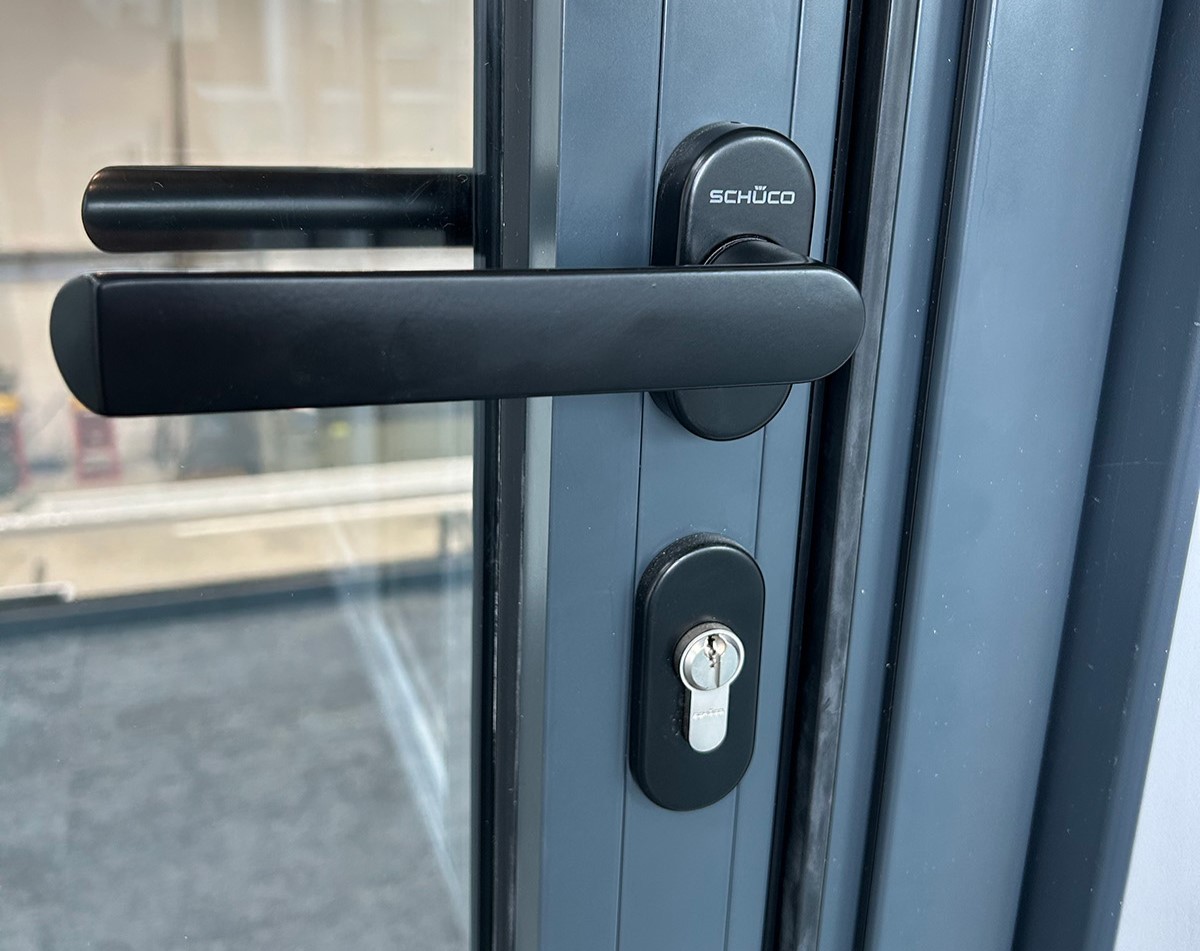

Security & Surveillance
How Do You Lock A Bifold Door
Modified: April 22, 2024
Learn how to secure your bifold door with our expert tips on enhancing security and surveillance. Find the best solutions for locking bifold doors.
(Many of the links in this article redirect to a specific reviewed product. Your purchase of these products through affiliate links helps to generate commission for Storables.com, at no extra cost. Learn more)
Introduction
Bifold doors are a popular choice for homeowners and businesses alike, offering a stylish and space-saving solution for separating rooms or connecting indoor and outdoor spaces. However, ensuring the security of bifold doors is a crucial consideration for safeguarding property and maintaining peace of mind. In this comprehensive guide, we will delve into the world of bifold door security, exploring the different types of locks available and providing valuable insights on how to effectively secure these versatile doors.
Whether you are a homeowner looking to bolster the security of your living space or a business owner seeking to protect your premises, understanding the intricacies of bifold door security is paramount. By the end of this article, you will have gained a deep understanding of the various locking mechanisms designed specifically for bifold doors and be equipped with the knowledge to make informed decisions about securing these unique entryways. Let's embark on this enlightening journey to uncover the secrets of bifold door security.
Key Takeaways:
- Bifold doors offer space-saving elegance, but securing them is crucial. Mortise locks, surface-mounted bolts, and shoot bolts are effective options. Regular maintenance ensures reliable security.
- Enhance bifold door security with security bars, smart locking systems, and reinforced frames. Proactive measures like security lighting and cameras provide comprehensive protection.
Read more: How Do You Lock A Door
Understanding Bifold Doors
Bifold doors, also known as folding doors, are a versatile and aesthetically pleasing option for both interior and exterior applications. Comprising multiple panels that fold and stack neatly to one or both sides of an opening, bifold doors offer a seamless transition between spaces and an abundance of natural light. These doors are commonly used to connect indoor and outdoor areas, such as patios, gardens, and balconies, creating a harmonious blend between the interior and exterior of a property.
One of the key advantages of bifold doors is their ability to maximize space. Unlike traditional hinged doors that swing open and require ample clearance, bifold doors fold compactly, allowing for unobstructed passage and efficient use of available space. This feature makes bifold doors an ideal choice for areas with limited room for door swings, such as small rooms, closets, or narrow corridors.
Bifold doors are available in a variety of materials, including wood, aluminum, uPVC, and composite materials, offering diverse options to suit different architectural styles and design preferences. Additionally, they can be customized with various glazing options, such as clear, tinted, or frosted glass, to enhance privacy, aesthetics, and energy efficiency.
Understanding the construction and functionality of bifold doors is essential for implementing effective security measures. By comprehending the unique characteristics of these doors, including their folding mechanism, panel interconnections, and potential vulnerabilities, property owners can make informed decisions when selecting and installing locks and additional security features.
Now that we have gained a foundational understanding of bifold doors, let’s explore the different types of locks specifically designed to secure these innovative entryways.
Types of Bifold Door Locks
Securing bifold doors involves the use of specialized locks designed to accommodate their unique folding mechanism and configuration. There are several types of locks specifically tailored to bifold doors, each offering distinct features and levels of security. Understanding these lock options is essential for selecting the most suitable solution based on the specific requirements and characteristics of the doors.
1. Mortise Locks:
Mortise locks are commonly used for securing bifold doors. This type of lock is installed within a pocket, or “mortise,” in the door stile, providing a sleek and unobtrusive locking solution. Mortise locks offer enhanced security and durability, as they are designed to withstand substantial force and tampering attempts. They are available in various configurations, including single-point and multi-point locking systems, catering to different door sizes and security needs.
2. Surface-Mounted Bolts:
Surface-mounted bolts are an alternative locking option for bifold doors, offering simplicity and ease of installation. These bolts are affixed to the surface of the door and frame, providing a straightforward yet effective means of securing the panels in the closed position. Surface-mounted bolts are available in a range of sizes and designs, allowing for versatile application and compatibility with different door materials and configurations.
3. Top and Bottom Shoot Bolts:
Top and bottom shoot bolts are designed to secure the top and bottom corners of bifold doors, ensuring stability and resistance to forced entry. These bolts are typically operated using a handle or lever, allowing for convenient engagement and disengagement of the locking mechanism. Top and bottom shoot bolts provide reliable security while enabling easy and smooth operation of the doors.
4. Keyed Locking Handles:
Keyed locking handles offer a convenient and integrated locking solution for bifold doors. These handles feature built-in locks that require a key for activation, providing an added layer of security. Keyed locking handles are available in various styles and finishes, complementing the aesthetic appeal of the doors while delivering reliable protection against unauthorized access.
By familiarizing oneself with these diverse locking options, property owners can make informed decisions when selecting the most suitable locks for their bifold doors. The next section will delve into the practical steps and considerations involved in effectively locking bifold doors to enhance security and peace of mind.
To lock a bifold door, install a simple slide bolt lock at the top or bottom of the door. This will prevent the door from being opened when locked.
How to Lock a Bifold Door
Securing a bifold door involves implementing a locking mechanism that effectively immobilizes the panels in the closed position, preventing unauthorized access and enhancing overall security. The process of locking a bifold door varies depending on the type of lock installed and the specific configuration of the doors. Here are the general steps for locking a bifold door using different types of locks:
1. Mortise Locks:
To lock a bifold door equipped with a mortise lock, ensure that the panels are fully closed and aligned within the frame. Engage the locking mechanism by turning the key or lever, depending on the lock’s design. Verify that the lock bolt extends fully into the strike plate, securely fastening the door in place. Test the door to confirm that it remains firmly locked and cannot be opened without unlocking the mortise lock.
2. Surface-Mounted Bolts:
When using surface-mounted bolts to secure a bifold door, position the panels in the closed position and align them with the frame. Slide the surface-mounted bolts into the corresponding strike plates or receiver brackets installed on the adjacent panel or frame. Ensure that the bolts extend fully, effectively immobilizing the door panels and preventing movement. Test the locked door to confirm that the surface-mounted bolts hold the panels securely in place.
3. Top and Bottom Shoot Bolts:
To lock a bifold door equipped with top and bottom shoot bolts, close the panels and align them within the frame. Operate the handles or levers associated with the shoot bolts to extend them into the designated receiver brackets or strike plates. Verify that the shoot bolts fully engage and secure the top and bottom corners of the door, preventing any lateral movement. Test the door to ensure that the shoot bolts effectively lock the panels in place.
4. Keyed Locking Handles:
When using keyed locking handles to secure a bifold door, close the panels and ensure proper alignment within the frame. Insert the key into the locking mechanism and turn it to engage the lock. Once locked, remove the key and store it in a secure location for future access. Test the door to confirm that the keyed locking handles prevent unauthorized opening and provide reliable security.
Regardless of the type of lock used, it is essential to perform regular maintenance and inspections to ensure that the locking mechanisms function properly and provide the intended level of security. By following these guidelines and selecting the appropriate locking solution for bifold doors, property owners can effectively fortify their premises against potential security threats.
Additional Security Measures
While selecting and implementing suitable locks is fundamental to bifold door security, additional measures can further enhance the overall safety and resilience of these innovative entryways. By integrating supplementary security features and adopting proactive strategies, property owners can fortify their premises and mitigate potential vulnerabilities. Here are several additional security measures to consider:
1. Security Bars and Grilles:
Installing security bars or grilles over bifold doors can provide an extra layer of protection against forced entry attempts. These robust barriers act as a visible deterrent and reinforce the structural integrity of the doors, bolstering security while maintaining a balance between safety and aesthetics.
2. Security Cameras and Motion Sensors:
Deploying security cameras and motion sensors in the vicinity of bifold doors can serve as a proactive surveillance solution, deterring unauthorized access and providing real-time monitoring of the surrounding areas. Integrated with alarm systems, these technologies offer enhanced security and facilitate prompt response to potential security breaches.
3. Smart Locking Systems:
Embracing smart locking systems equipped with advanced features, such as remote access control, activity logs, and tamper alerts, can elevate the security posture of bifold doors. Smart locks offer convenience, connectivity, and heightened visibility into access events, empowering property owners to manage security proactively.
4. Reinforced Door Frames and Hinges:
Strengthening the door frames and hinges of bifold doors with heavy-duty materials and robust construction can fortify the overall structural integrity, making it more resistant to forced entry and tampering. Reinforcements such as hinge bolts and security hinges can significantly enhance the doors’ resistance to intrusion.
5. Security Lighting:
Implementing strategic security lighting around bifold doors can improve visibility and deter unauthorized access during low-light conditions. Motion-activated lights and perimeter illumination contribute to a secure environment while enhancing the aesthetic appeal of the property.
By integrating these additional security measures, property owners can create a comprehensive security strategy tailored to the unique characteristics of bifold doors. It is essential to assess the specific security requirements of the property and leverage a combination of physical and technological safeguards to establish a robust defense against potential security threats.
Read also: 9 Best Bifold Door Lock For 2024
Conclusion
Securing bifold doors is a multifaceted endeavor that demands a comprehensive understanding of the doors’ unique characteristics and the diverse range of security solutions available. By delving into the intricacies of bifold door security, property owners can make informed decisions to fortify their premises and safeguard their peace of mind.
Throughout this guide, we have explored the diverse types of locks tailored to bifold doors, including mortise locks, surface-mounted bolts, top and bottom shoot bolts, and keyed locking handles. Each of these locking mechanisms offers distinct advantages and functionalities, catering to various security needs and door configurations.
Furthermore, we have discussed the practical steps involved in locking bifold doors using different types of locks, emphasizing the importance of proper alignment and engagement to ensure effective security. By following these guidelines, property owners can optimize the security of their bifold doors and minimize the risk of unauthorized access.
Moreover, we have highlighted additional security measures, such as security bars and grilles, security cameras and motion sensors, smart locking systems, reinforced door frames and hinges, and security lighting. These supplementary measures, when integrated with appropriate locks, contribute to a comprehensive security strategy that strengthens the overall resilience of bifold doors.
As property owners navigate the realm of bifold door security, they are empowered to tailor their security approach to align with their specific needs, preferences, and property characteristics. By embracing a proactive mindset and leveraging a combination of physical and technological security measures, property owners can create a secure environment that instills confidence and tranquility.
In conclusion, the security of bifold doors is not merely a matter of physical protection; it is a testament to the commitment to safeguarding property and ensuring the well-being of occupants. By embracing the knowledge and insights presented in this guide, property owners can embark on a journey to fortify their bifold doors and elevate the security standards of their living or working spaces.
With a comprehensive understanding of bifold door security and a proactive approach to implementation, property owners can unlock a realm of safety, resilience, and peace of mind.
Frequently Asked Questions about How Do You Lock A Bifold Door
Was this page helpful?
At Storables.com, we guarantee accurate and reliable information. Our content, validated by Expert Board Contributors, is crafted following stringent Editorial Policies. We're committed to providing you with well-researched, expert-backed insights for all your informational needs.
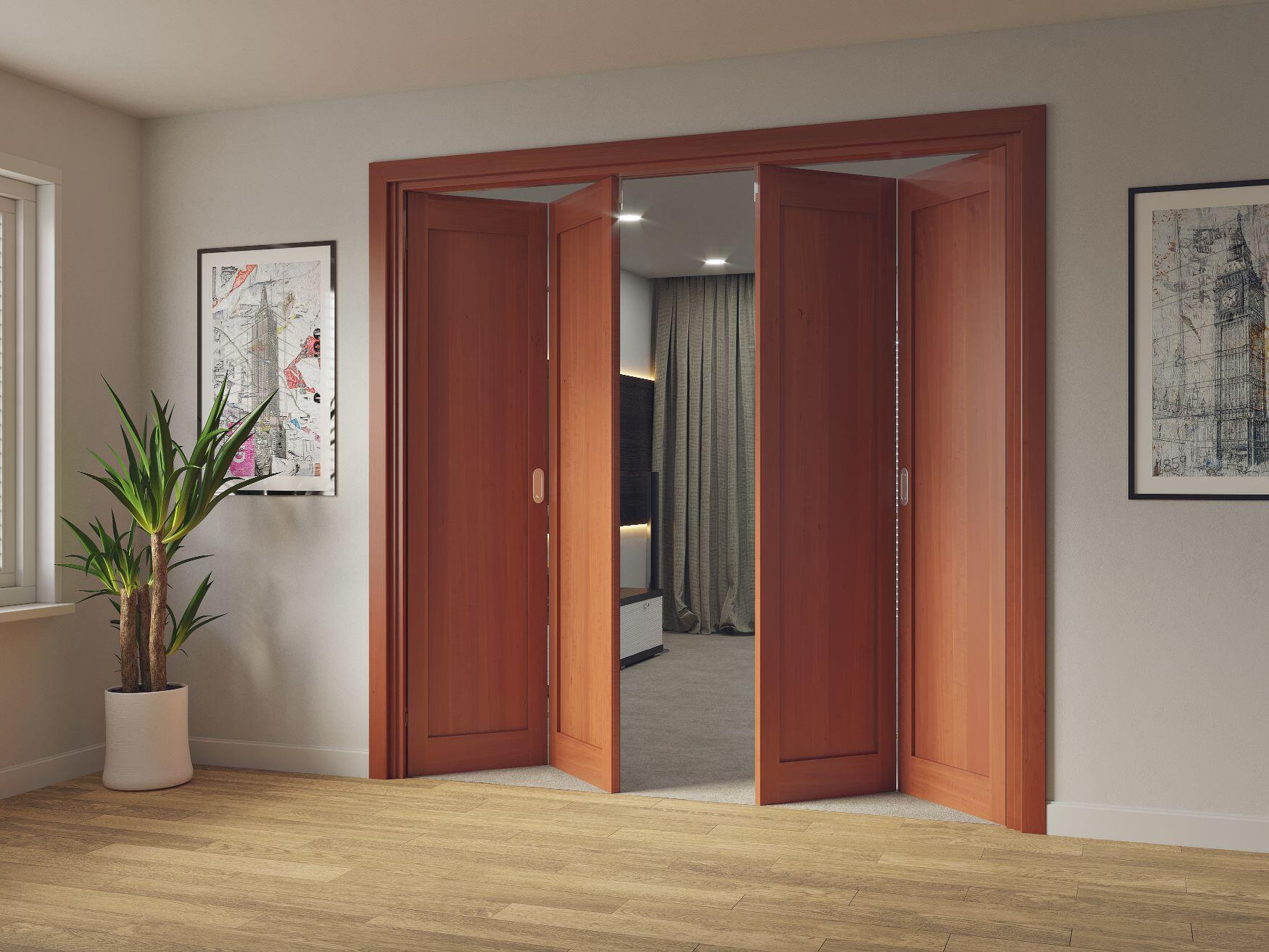
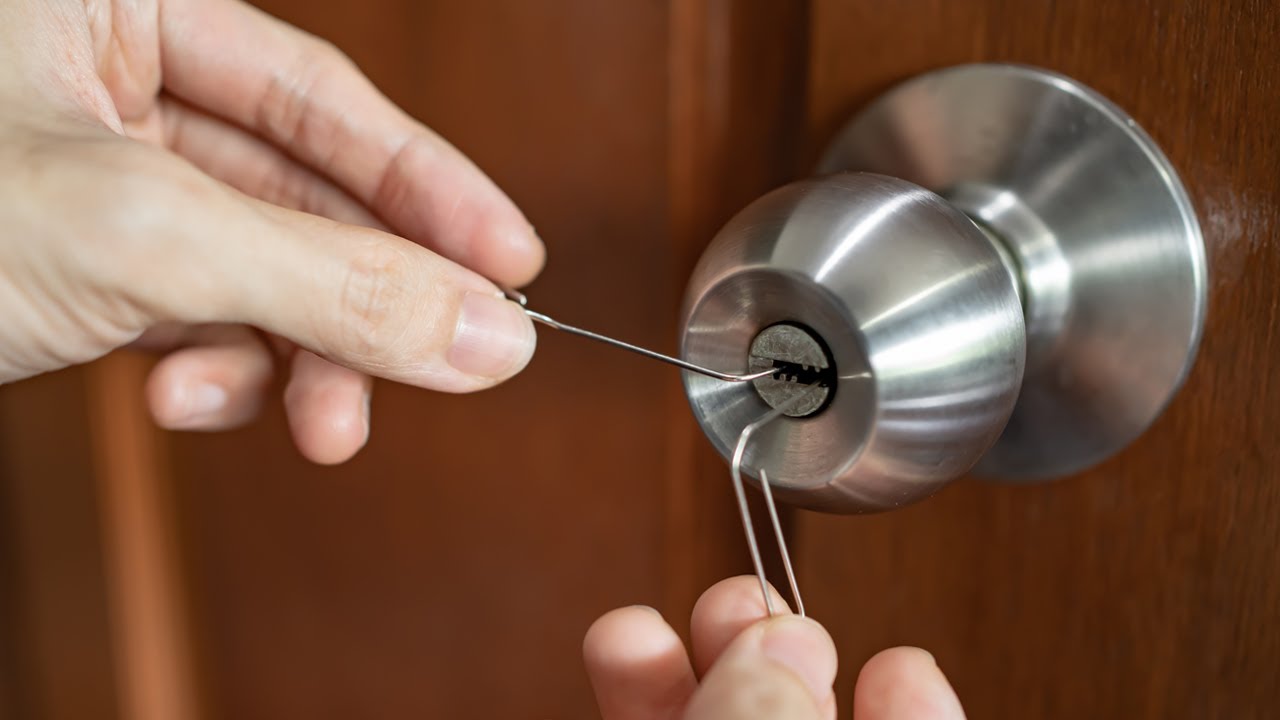
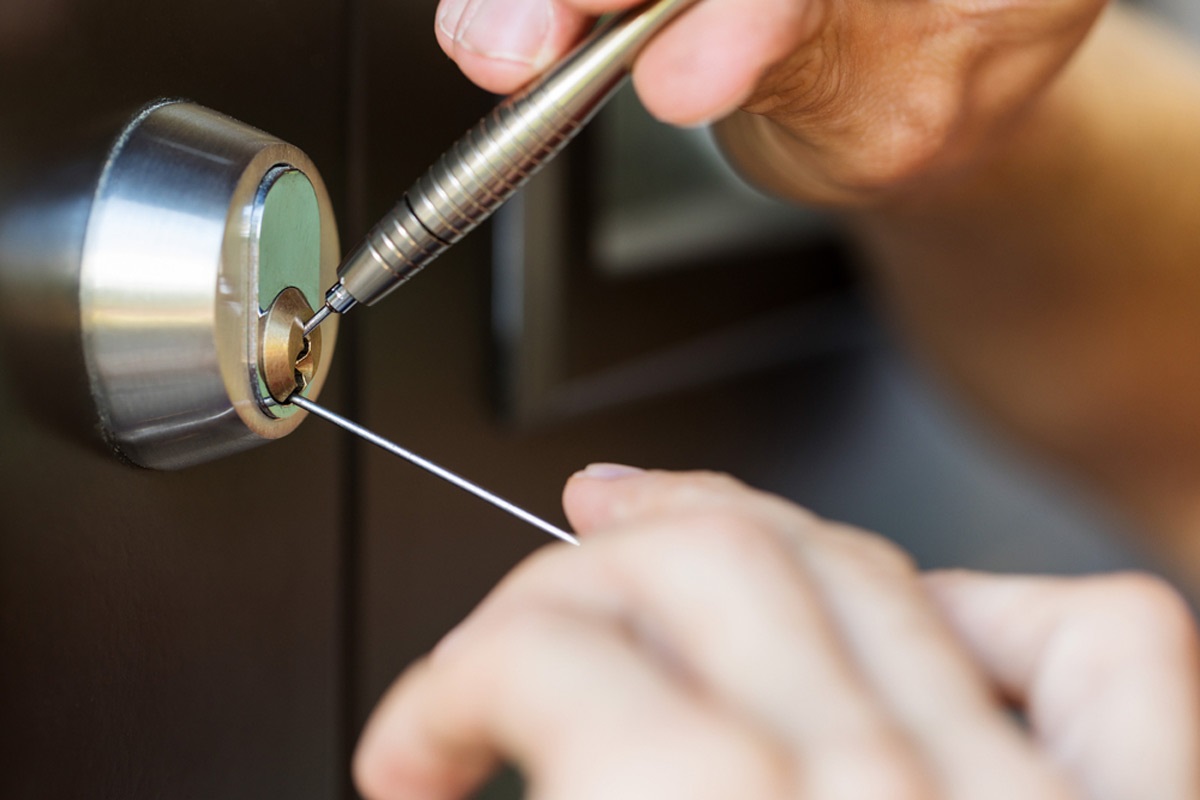
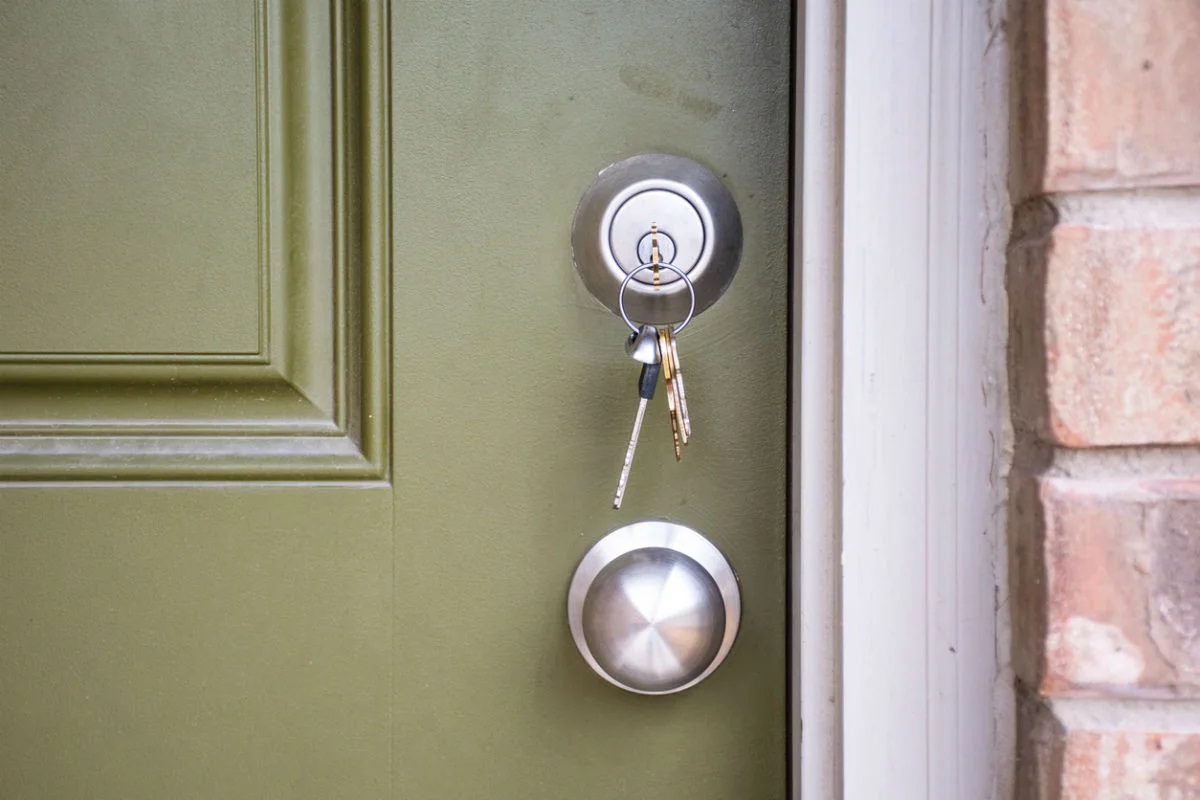
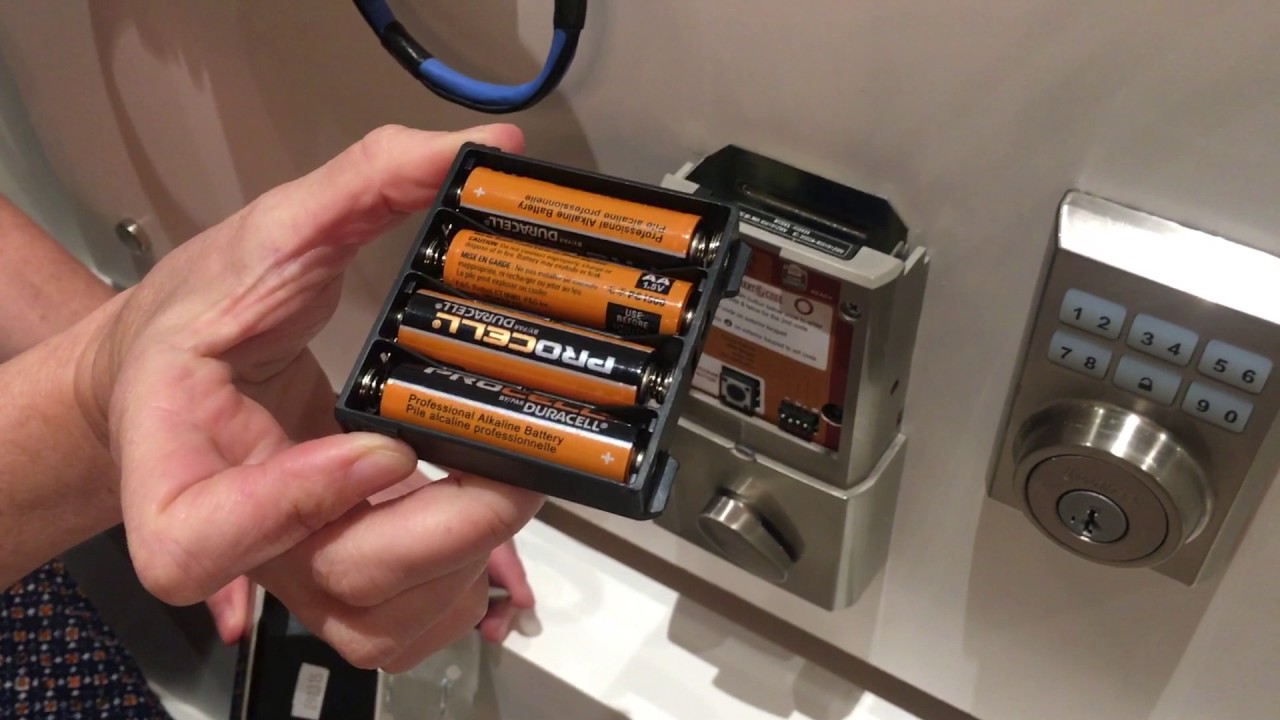
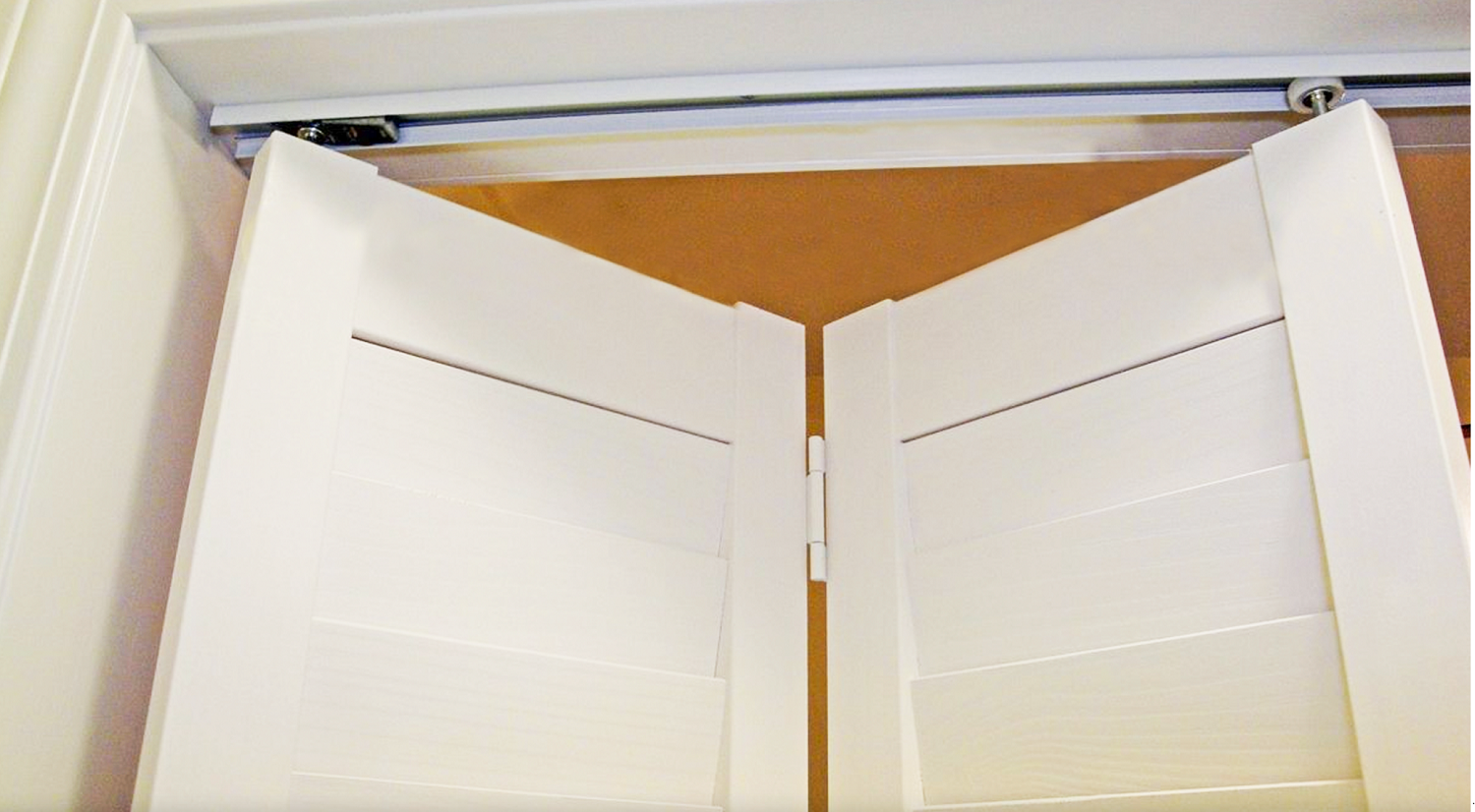
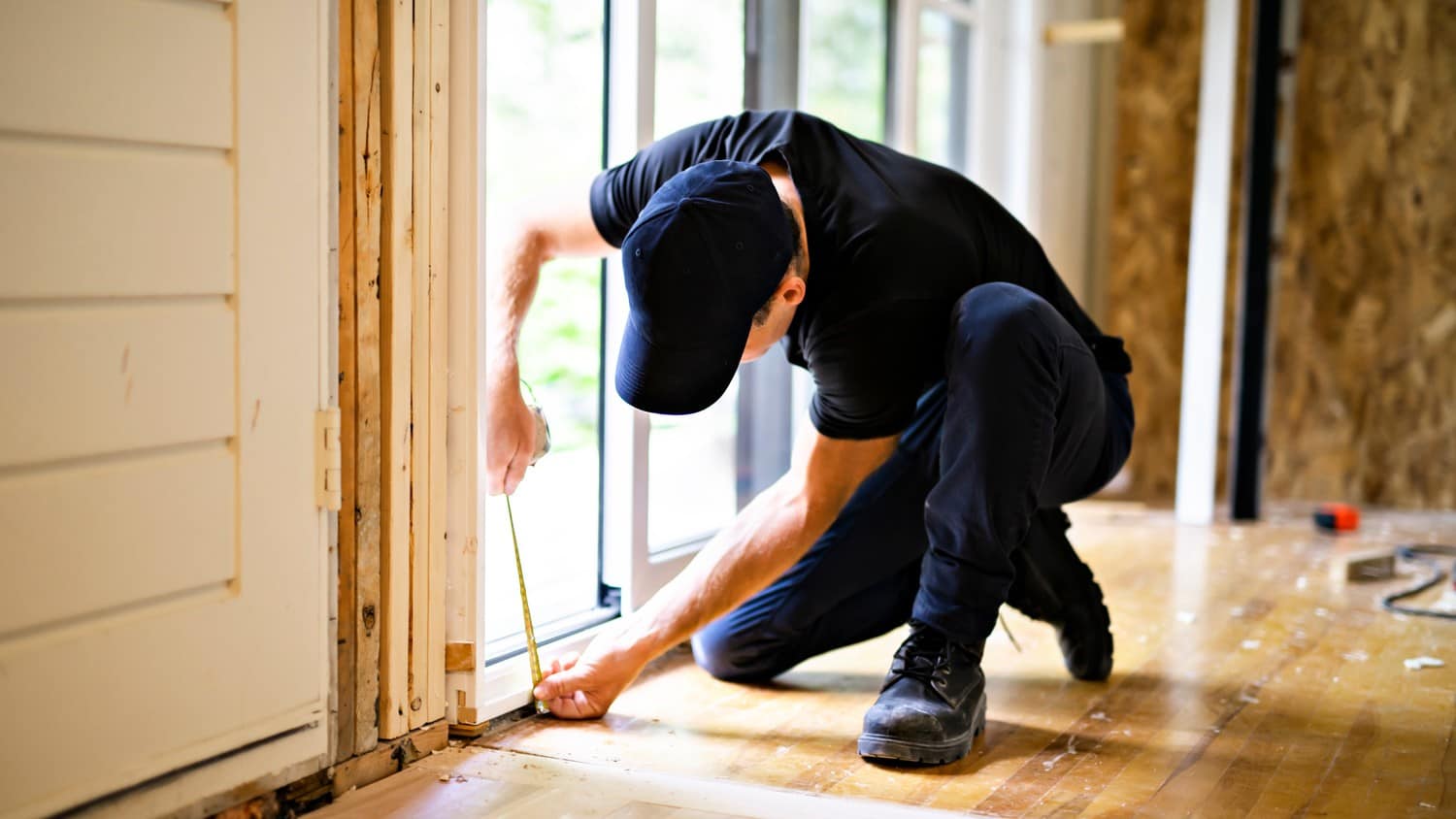
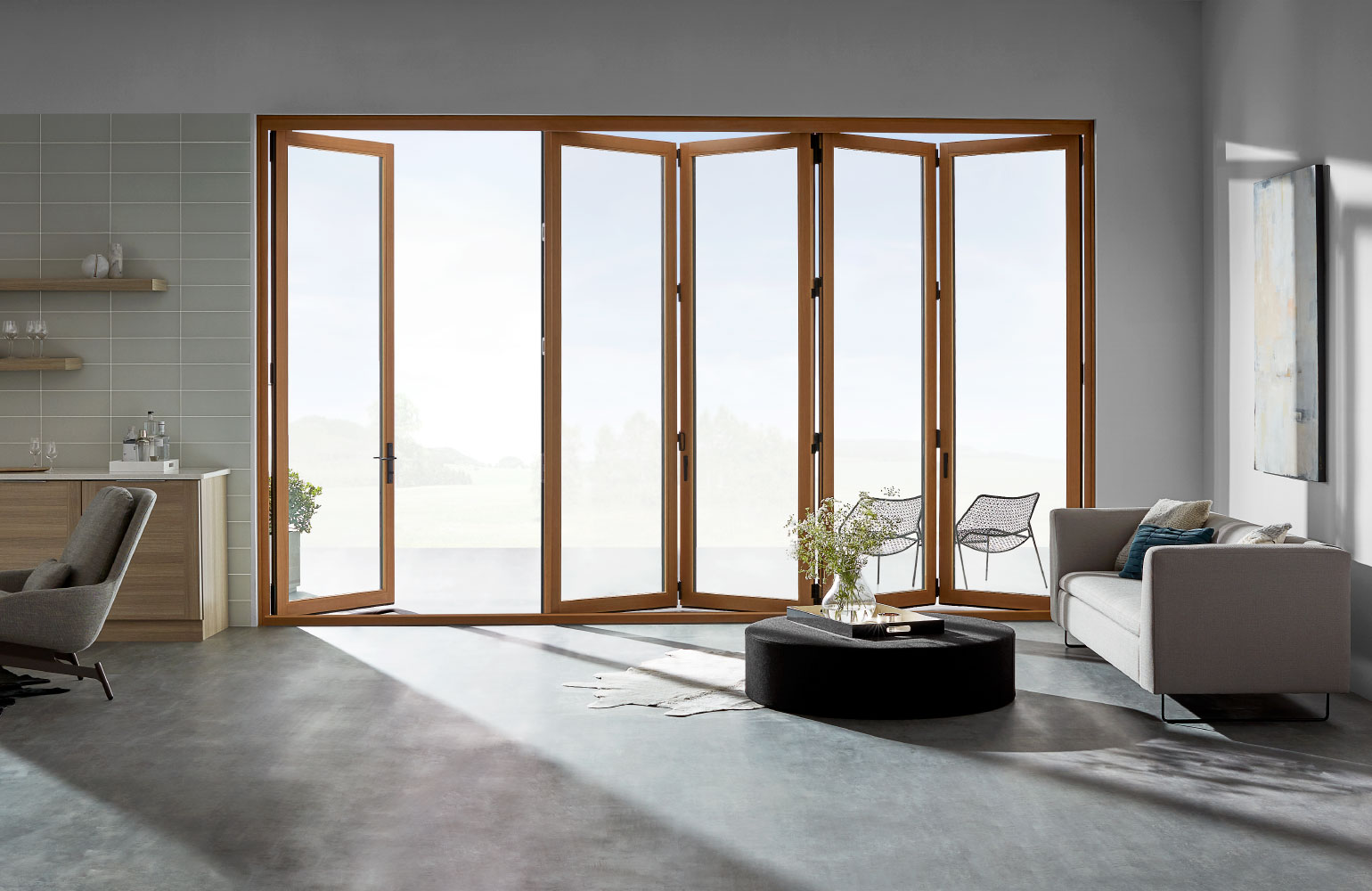
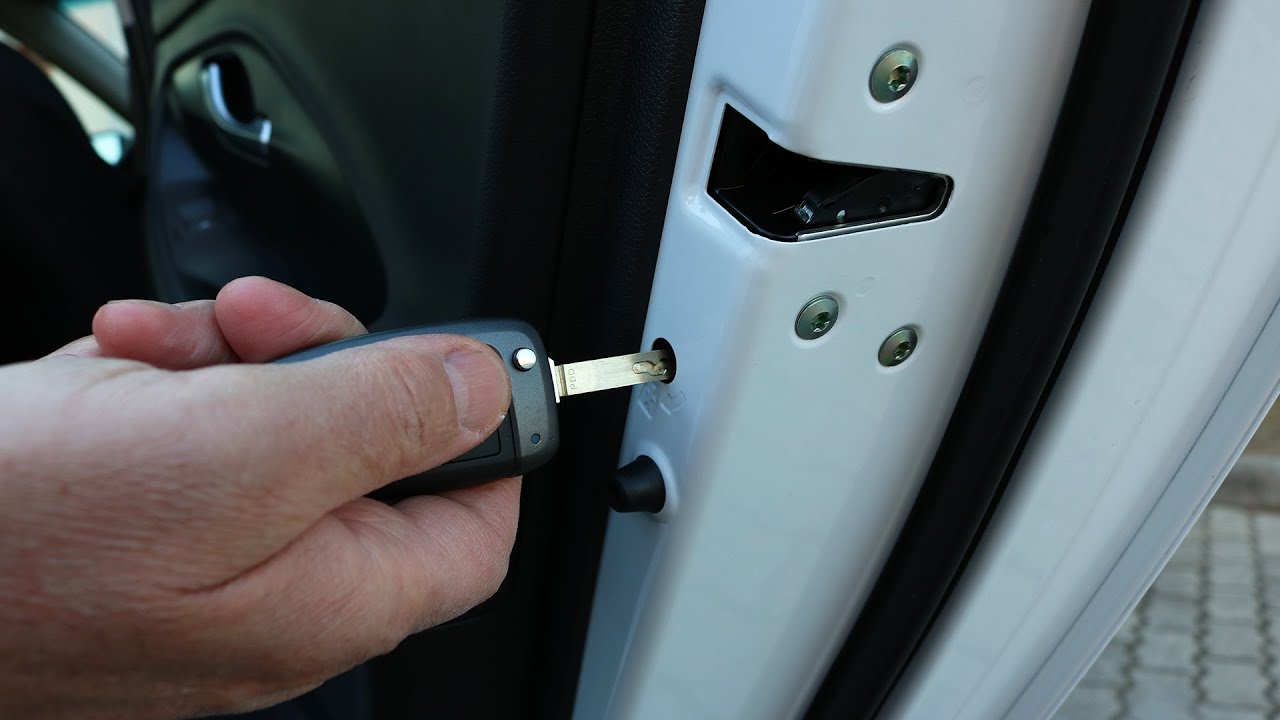
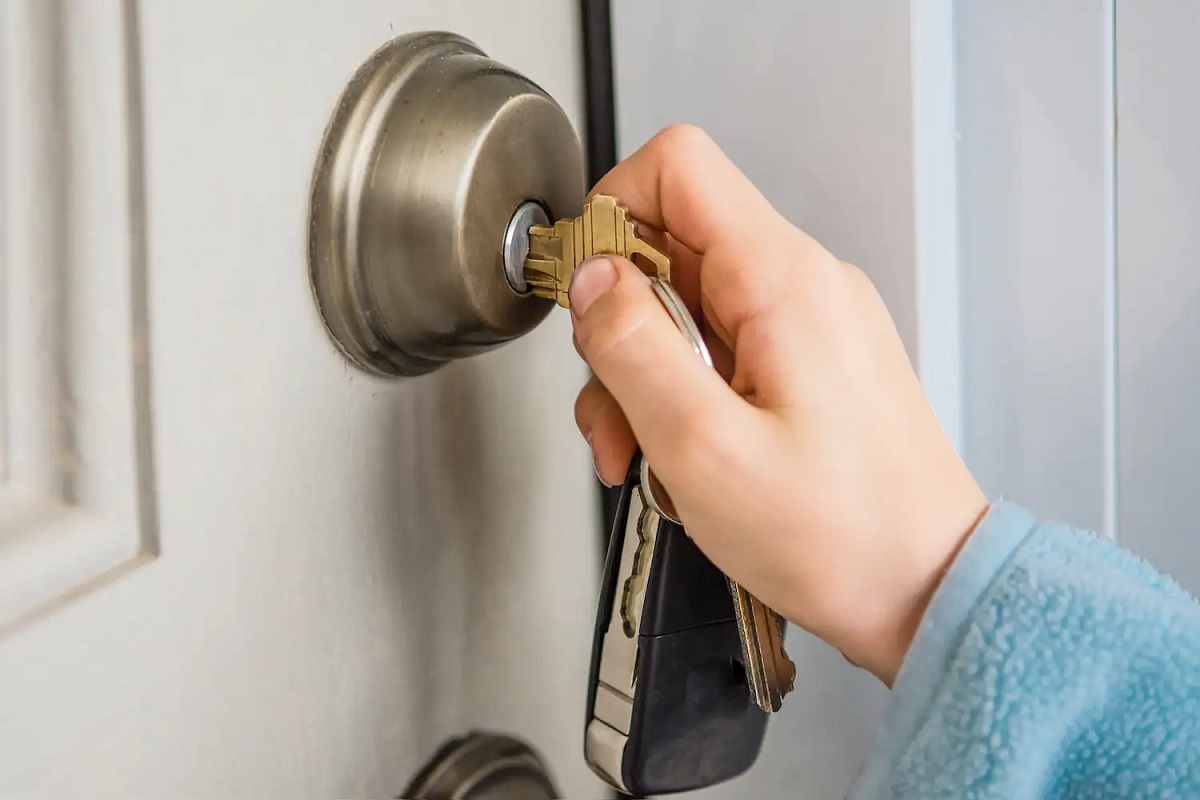
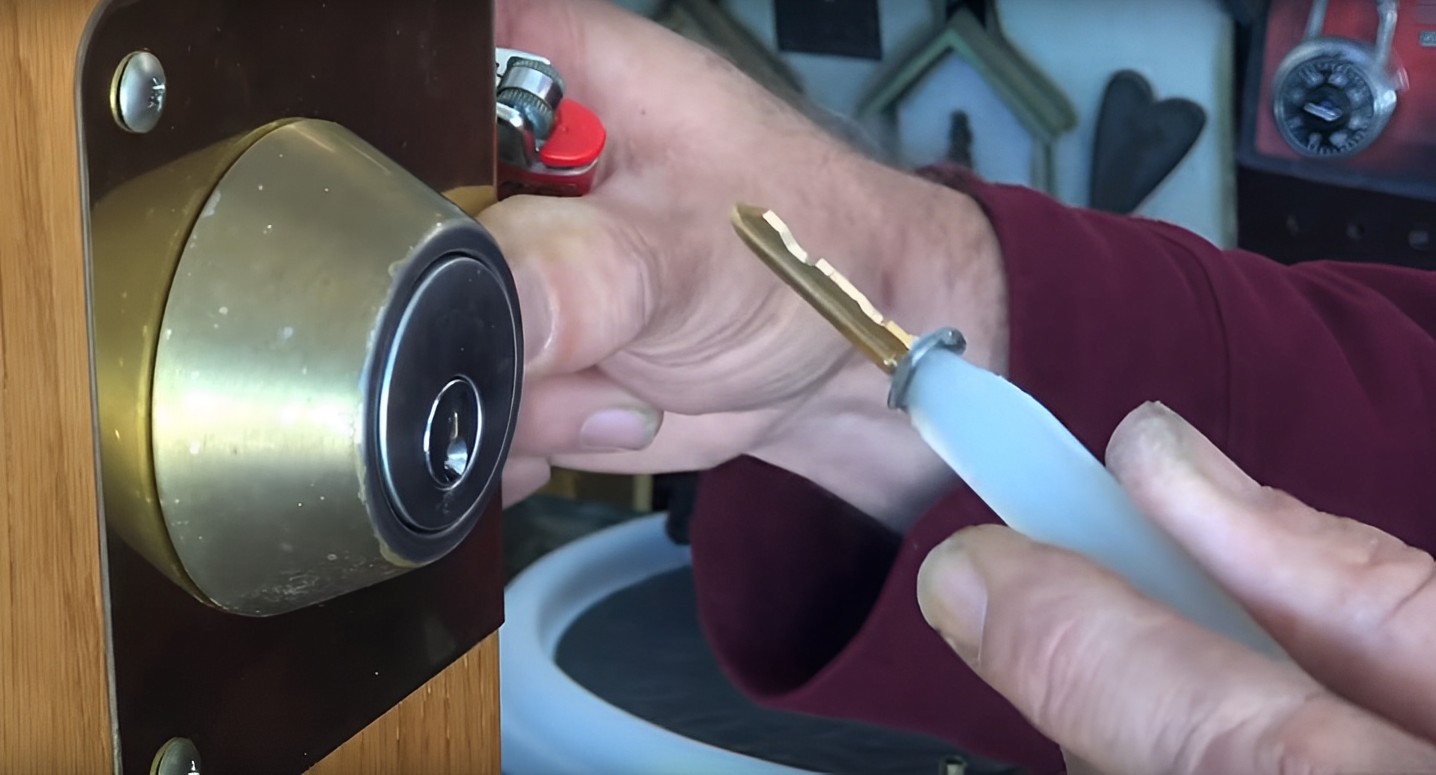
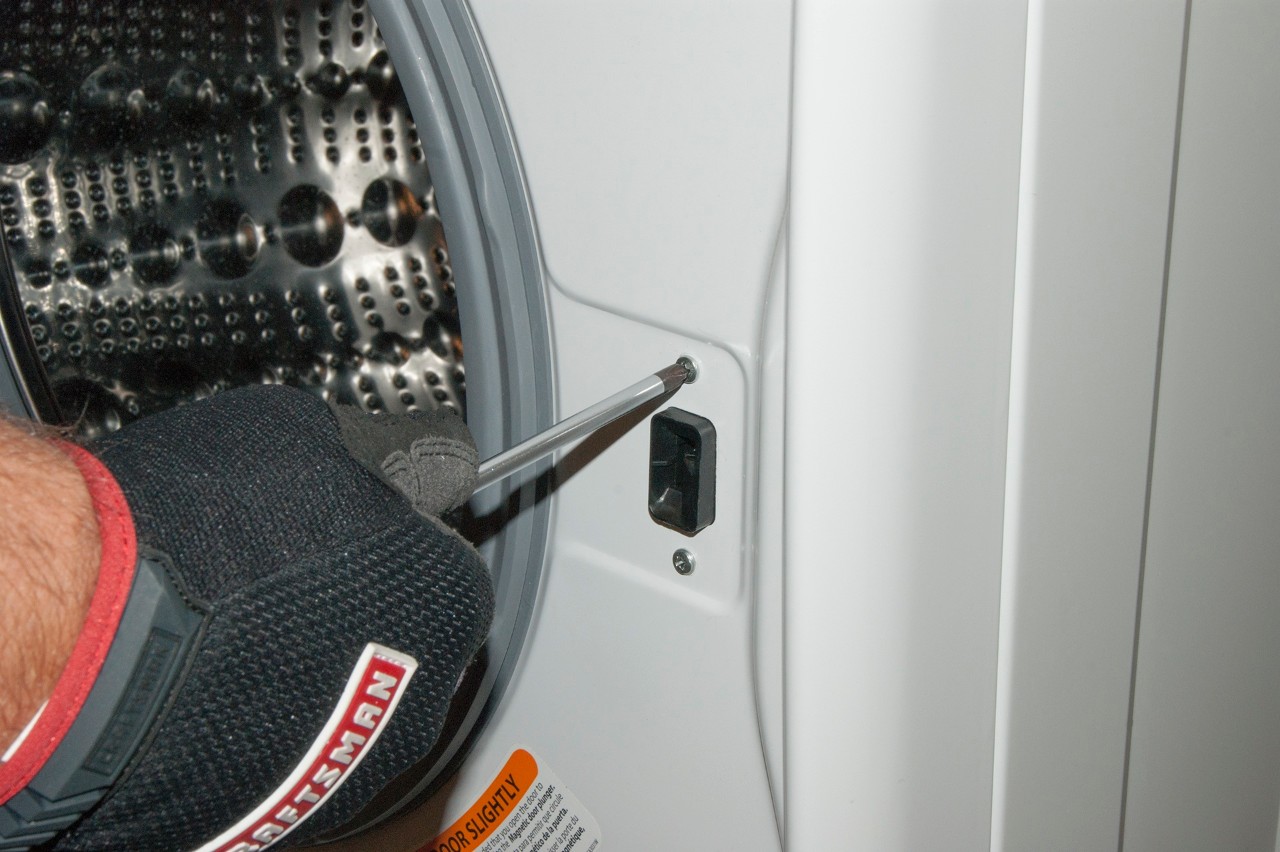
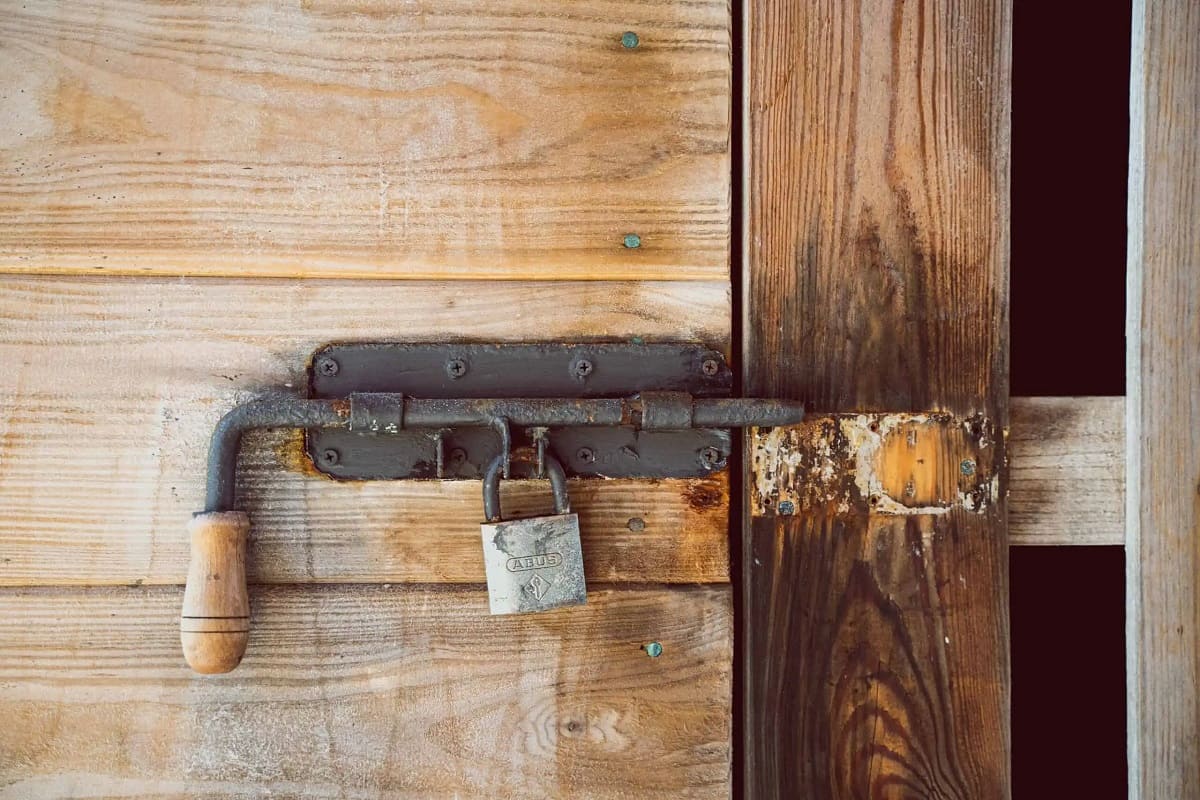
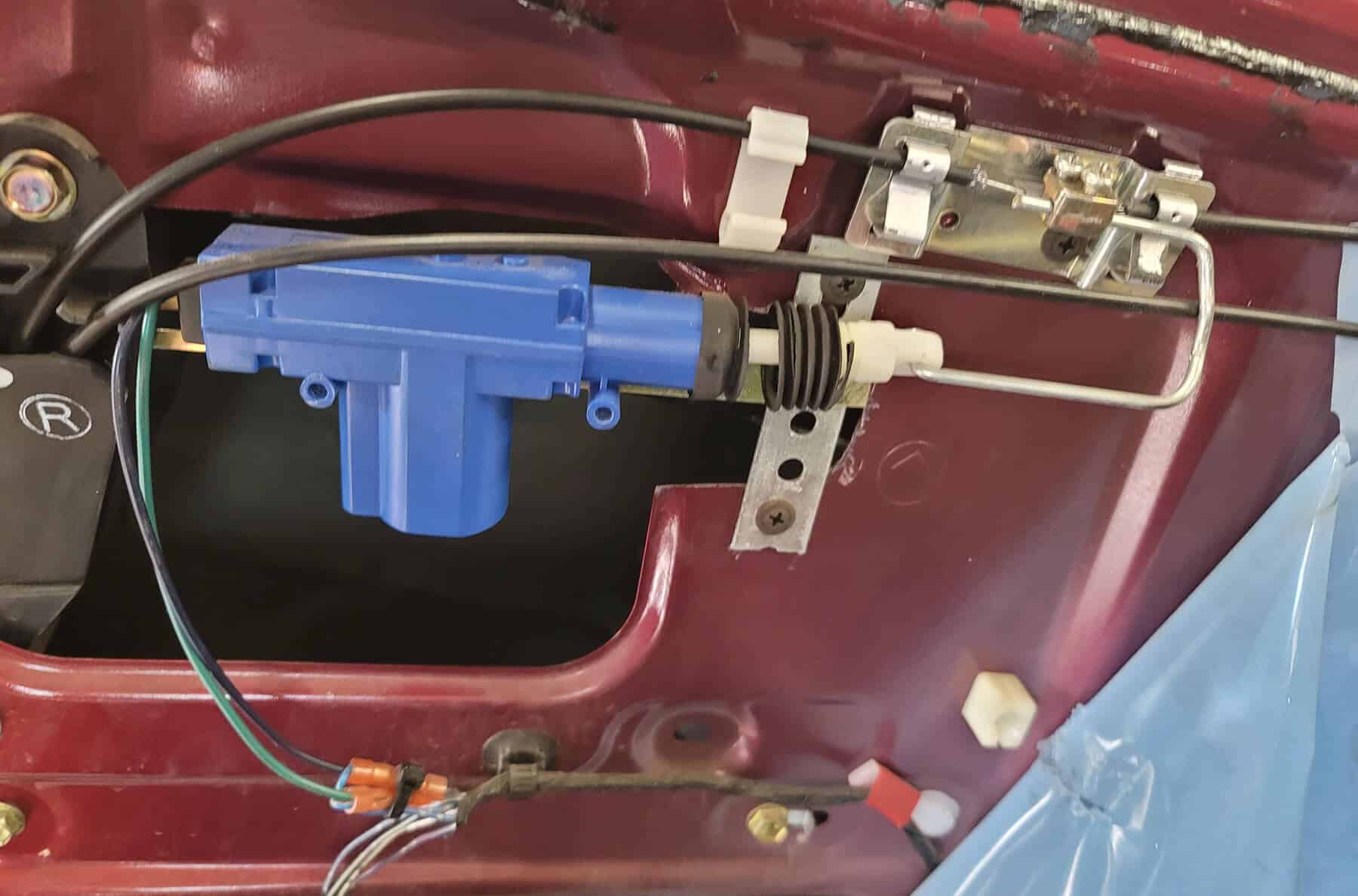

0 thoughts on “How Do You Lock A Bifold Door”